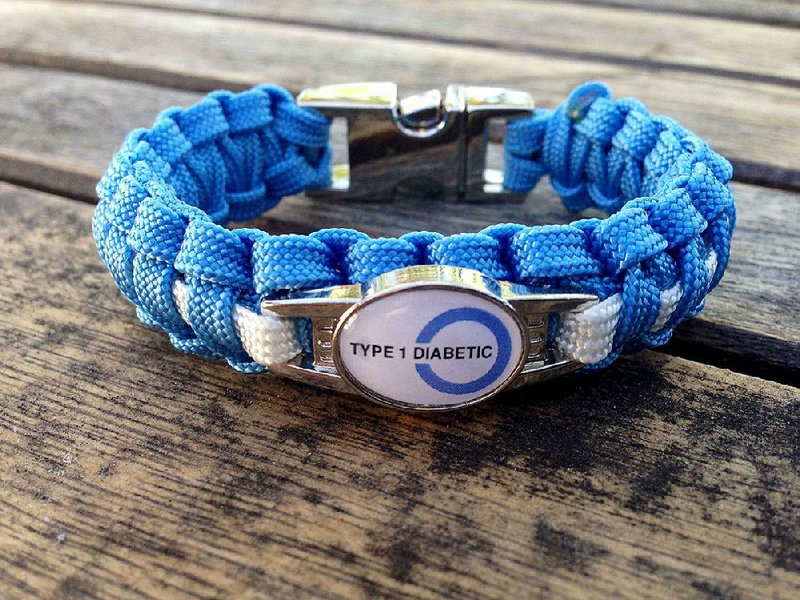I'm always afraid my feet will fly out from under me when I'm getting out of my car on ice.
I went to a gas station early last week and they hadn't done anything to break up ice in the parking lot. I stuck my feet out of the door, slid them around testing the ice, then tried using one foot, then two, holding on to the car, my cane and so on. I never did get up the nerve to try to stand.
So I took my business to another station, one that had actually worked to clean its parking lot.
If you are like me, last week's icy weather was not an enjoyable experience. Having to work regardless of weather and road conditions has taken a lot of the joy out of a snowy or icy day for me. I get tickled when people assume newspaper employees can just stay home when there is inclement weather. I wish!
I know we're not as important in the grand scheme of things as the police, firefighters and other emergency workers. But our subscribers want their papers, regardless of conditions, and my co-workers and I take that seriously.
I find that I'm more comfortable driving in the mess than walking in it. In my car I feel somewhat shielded and safe; on my feet, not so much
My fear grows bigger as my right foot grows weaker. Readers may remember that I broke the fifth metatarsal two years ago and it didn't heal properly, possibly because of my diabetes. An operation would help, but I've been putting that off because of the expense. The discomfort and the way I walk on the outside of the foot combine to make me feel unsteady on my feet even when it's not slick outside.
I managed not to fall on last week's icy streets and sidewalks, but the possibility was always there. I used a cane on the ice, and it helped.
As a former Girl Scout, I try always to be prepared for anything, but when it came to the recent ice, I can say I really wasn't.
I took to the Internet to see what sort of information I could find on ice safety and found a comprehensive little article from the Injured Workers Insurance Fund in Maryland. It's titled "Be Safe on Ice: Walking Safely Like a Penguin in a Winter Workplace Wonderland." The common-sense tips include:
• In low temperatures, assume all wet, dark areas are slippery and icy.
• Use care when entering and exiting vehicles. Use the vehicle for support.
• Point your feet out slightly, like a penguin. Bend over slightly and walk flat-footed with your center of gravity directly over the feet as much as possible.
• Extend your arms out to your side to maintain balance. Take short steps or shuffle for stability.
• Keep your hands out of your pockets. It messes with your balance and center of gravity.
• Wear a heavy, bulky coat that will cushion you if you fall.
• Try to avoid landing on your knees, wrists or spine. Aim for a fleshy part of your body, such as your side.
• Try to relax your muscles if you fall. You're less likely to be injured if you are relaxed.
BRACELETS
When it comes to our nation's soldiers, I am always happy to do something that can benefit those who need aid. There are organizations out there working to help.
The Commoneo Project, based in Colorado Springs, Colo., offers products that are "Handmade By Heroes." The organization works with the U.S. Department of Veterans Affairs and the Army Wounded Warrior Project to hire veterans and pay them hourly wages for their work. The program requires they follow guidelines and keep a normal work schedule. And they encourage vets to engage socially with one another. Isolation can be deadly.
These veterans make really attractive items out of paracord, which was originally used to connect the parachute canopy to the harness worn by the jumper.
The veterans make and sell dog collars and leashes, key fobs and a variety of bracelets with themes such as sports teams, military, community awareness and medical issues. Pricing varies, but they're not expensive.
What first drew my attention were the medical bracelets. Along with Type 1 and Type 2 diabetic bracelets, they also offer epilepsy and essential tremor versions, too.
Most of us are familiar with the thin silver medical alert bracelets, but the paracord ones are a step above. More sporty than dressy, but certainly eye-catching.
To learn more about the project to go HandmadeByHeroes.com or CommoneoProject.com.
Email me at:
rboggs@arkansasonline.com
ActiveStyle on 02/23/2015
